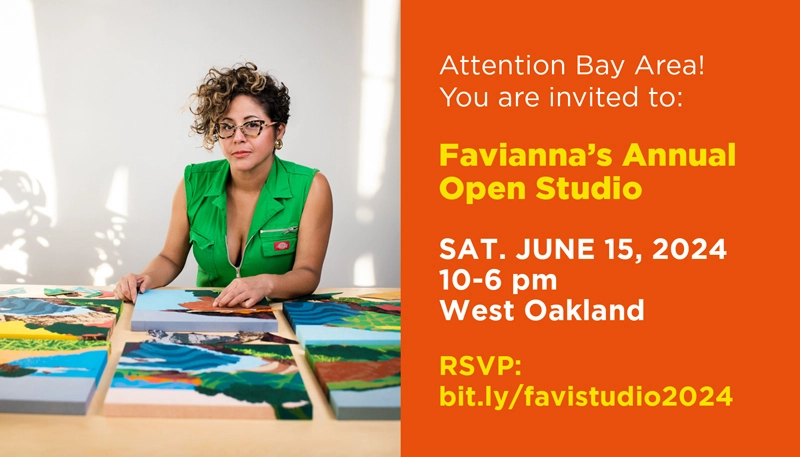Fighting for Juvenile Justice
This was one of several posters I created to fight against Proposition 21, a racist proposition proposed and passed in 2000 that increased criminal penalties for crimes committed by youth. Prop 21 was a deeply harmful law that targeted young people of color by allowing prosecutors to charge youth as adults in criminal court. It expanded the reach of the prison system and contributed to the criminalization of Black and Brown youth, feeding the prison-industrial complex.
At the time, California was one of the states with the highest incarceration rates in the country. The dominant narrative—both statewide and nationally—was one rooted in punishment, driven by the legacy of the War on Drugs from the 1980s. By the mid-1990s, that narrative had resurged with even more intensity. California was especially aggressive in passing harsh sentencing laws, often backed by powerful lobbying interests within the prison-industrial complex. Because of systemic racism and the profit motives behind mass incarceration, new laws were disproportionately targeting communities of color—especially young people.
Prop 21 was horrifying to me. I had grown up witnessing how young people of color were routinely criminalized—targeted by anti-gang laws and racially profiled. I saw it in both high schools I attended. That experience drove me to get involved in youth organizing against the prison system—and to begin using my art as a tool for resistance.
This poster was one of the first pieces where I started using bold, high-contrast design to communicate a message. The faces I drew became the visual identity of the campaign. Since most of our materials were printed in black and white, I had to be very intentional about how the imagery would hold power without color.
Proposition 21 sparked one of the most powerful youth organizing movements in California—one that’s still studied and remembered today. For me, this moment was foundational in learning how to use art for social justice.
